Electrical Circuits Teaching Resources
Power your science lesson planning with printable electric circuit worksheets, activities, and Google Slide templates created by teachers for primary teachers like you.
This curated collection of electric energy teaching resources covers key vocabulary like voltage and power source and includes printable and digital versions of our most popular activities. Each resource has undergone rigorous review by a Teach Starter teacher team member to ensure it's ready to be used in your classroom. You'll find Australian Science curriculum-aligned resources, editable options and resources already differentiated for you to make science lesson planning easier!
Looking to get started on teaching about electric circuits, or just need more ways to make this science topic more engaging in your classroom? Read on for a primer from our teacher team, including an explanation of what a circuit is, how circuit diagrams are used and more!
What Is an Electric Circuit? A Kid-Friendly Definition
Looking for a simple way to define an electrical circuit for your students? Let's start with a kid-friendly definition from our teacher team.
An electrical circuit is like a path that allows electricity to flow from one place to another. It's kind of like a road that cars can drive on.
How Does an Electrical Circuit Work?
In a circuit, the electricity travels from a power source (like a battery) through wires or other materials and then back to the power source.
To explain this to your students, you can ask them to imagine that they're gathered in a circle playing a game of hot potato by passing a potato around while music plays. When the music stops, whoever is holding the potato is out.
In an electrical circuit, the electricity is like the hot potato, and the components in the circuit are like the people passing the potato.
The electricity flows from a power source (like a battery) through wires or other materials (like metal or water). Then it returns to the power source in a loop, just like the circle in the game of hot potato.
When it reaches a component, like a light bulb, the component uses some of the electricity to do its job, like making light. Then the electricity continues on its path back to the power source.
If there's a break in the circuit, like a wire that's been cut or a switch that's been turned off, the electricity can't flow anymore.
This is a lot like when the game of hot potato stops because someone drops the potato or the music stops playing!
What Are the Different Types of Circuits?
There are three main types of electrical circuits and they all have different uses from powering the lights in the classroom to powering our classroom devices like tablets and computers.
Let's break down all three!
Series Circuits
In a series circuit, components like light bulbs, resistors or other devices are connected in a single path. The same current flows through each component in the circuit and the voltage is divided among the components.
If one component in a series circuit fails, the circuit is broken, and none of the other components will work.
Students are likely to find series circuits in some types of flashlights. They're easy to design, so this type of circuit is perfect for classroom experiments!
Parallel Circuits
In a parallel circuit, the components are connected in separate branches. The voltage is the same across each component, but the current is divided among the branches. If one component fails, the other components will continue to work because they are connected in separate branches.
Students are most likely to find parallel circuits in homes and buildings where they are used to power multiple appliances and devices simultaneously.
Series-Parallel Circuits
In a series-parallel circuit, the components are arranged in both series and parallel paths. This type of circuit allows for more flexibility in designing circuits that have multiple loads and require different voltages. That's why it is often used in more complex items like cars and computers!
Electrical Circuit Activities for the Classroom
Looking for some fun ways to engage your students and get them excited about circuitry? You can explore this collection printables and digital activities, and try these ideas from our teacher team for more inspiration!
Build a Simple Circuit
Split students into small groups to get acquainted with the basic components of a circuit by building one using a battery, wires and a light bulb.

Make a Switch
Explore how switches control the flow of electricity in a circuit by creating a simple switch using materials like paper clips and card.
- Plus Plan
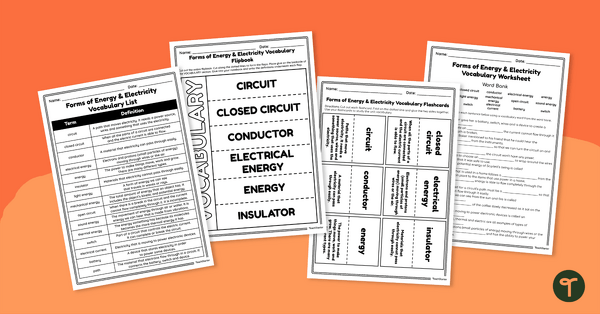
Forms of Energy & Electricity Vocabulary Worksheets
Review forms of energy and electricity terms with this science vocabulary worksheet pack.
- Plus Plan
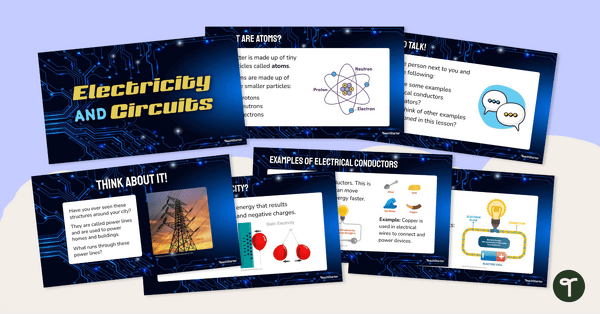
Electricity and Circuits Teaching Slides for Year 6
Use our editable teaching slides to break down the fundamentals of electricity and circuits for your students.
- Plus Plan
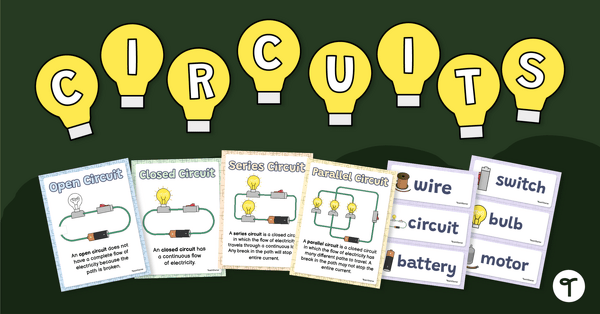
Electrical Circuits Wall Display
Create a wall display showing different types of circuits and related vocabulary.
- Free Plan
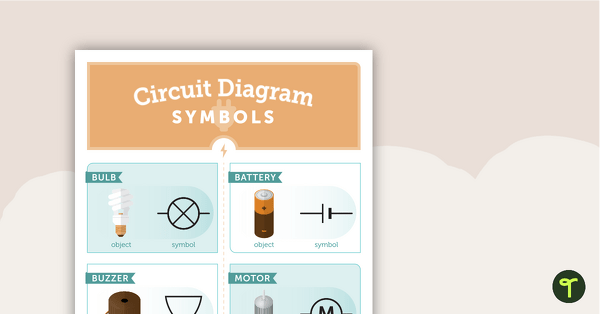
Circuit Diagram Symbols Poster
A poster that shows a range of symbols used for drawing circuit diagrams.
- Plus Plan
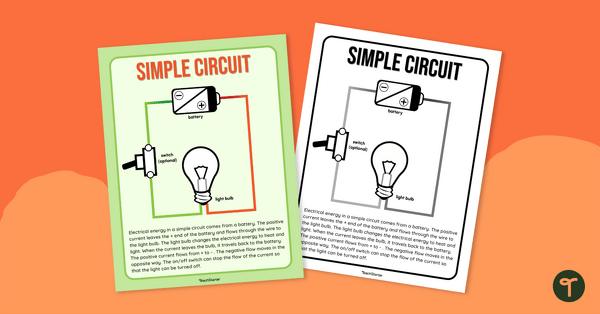
Simple Circuit Diagram
Spark curiosity and illuminate young minds with the wonders of electricity. Download this simple circuit diagram to light up your classroom!
- Free Plan
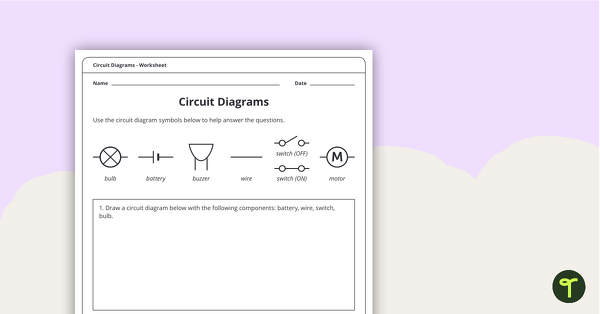
Circuit Diagrams Worksheet
A worksheet that explores how to read and write circuit diagrams.
- Plus Plan
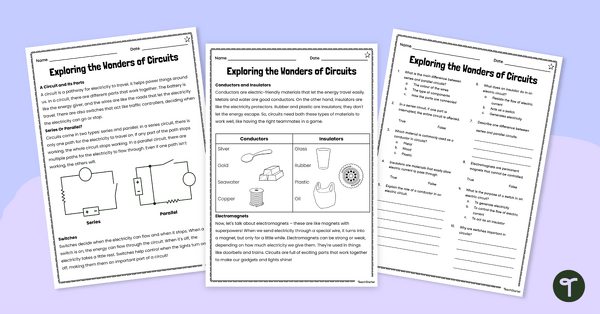
The Wonders of Circuits – Levelled Comprehension Worksheet Pack
Encourage your students to read and learn about circuits with this levelled worksheet pack.
- Plus Plan
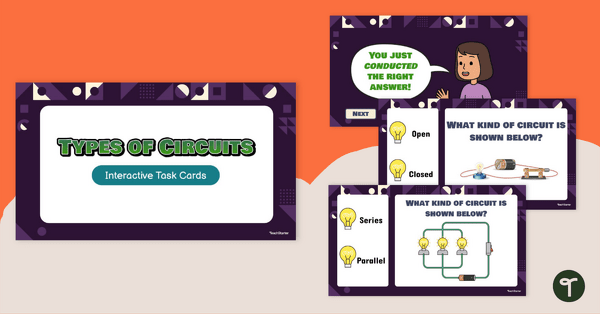
Types of Circuits Interactive Task Cards
Test your students’ knowledge of different types of circuits with this set of 24 interactive task cards.
- Plus Plan
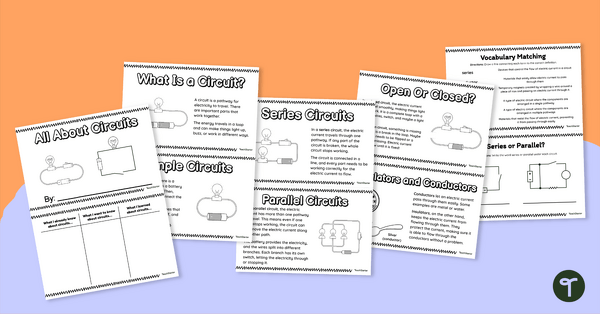
All About Circuits Mini-Book
Use this mini-book to teach your students about the different types of circuits, symbols, their components and much more.
- Plus Plan

Energy and Electricity Vocabulary Cards
Reinforce science vocabulary in your classroom with this set of word wall cards that focus on forms of energy and electricity.
- Plus Plan
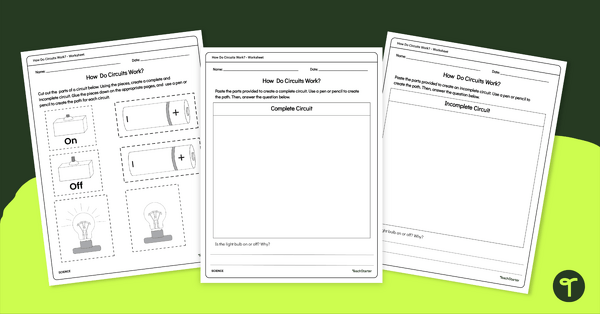
How Do Circuits Work? Worksheet for Year 6
Guide your students to create a diagram that shows complete and incomplete circuits and explain their function with this worksheet.
- Plus Plan
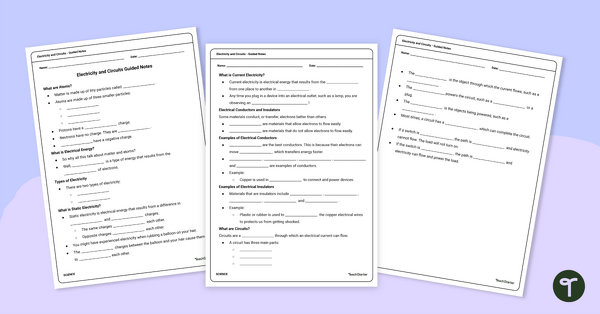
Electricity and Circuits Guided Notes for Year 6
Use this set of guided notes when teaching your students about electricity and circuits.
- Plus Plan
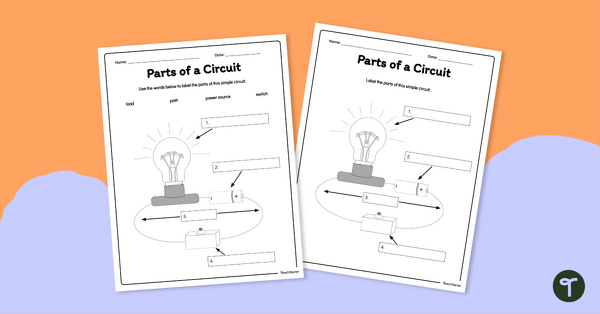
Parts of a Circuit Worksheet
Guide your students to identify and label the 4 parts of a circuit with this electrical circuit worksheet.
- Plus Plan
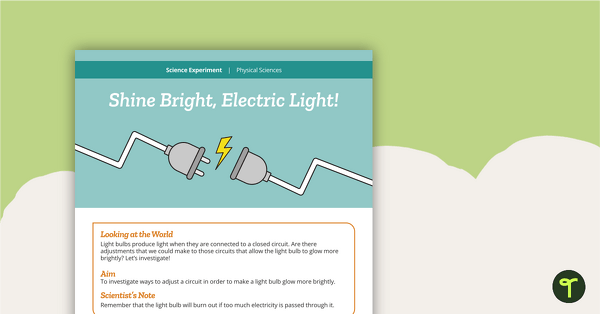
Science Experiment - Shine Bright, Electric Light!
A science experiment that investigates how changes to electrical circuits affects their components.
- Plus Plan
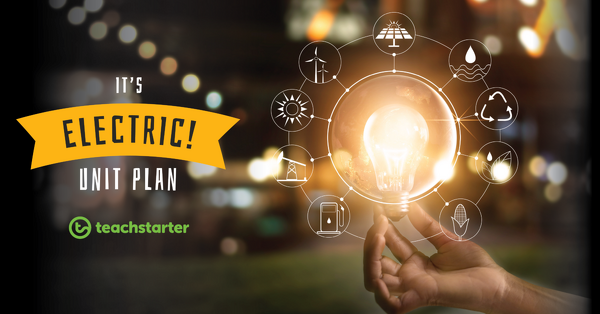
Shine Bright, Electric Light!
A 60 minute lesson in which students will investigate how changes to electrical circuits affect their components.
- Plus Plan
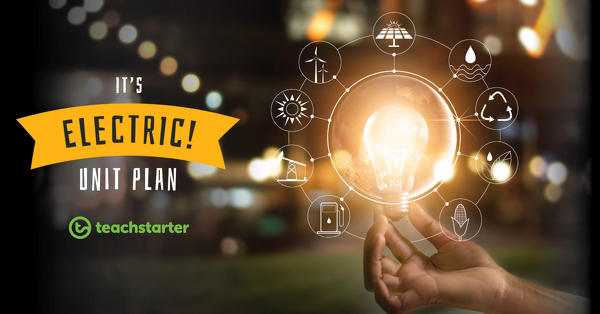
Wired Up! - Building Electrical Circuits
A 60 minute lesson in which students will read and draw circuit diagrams.